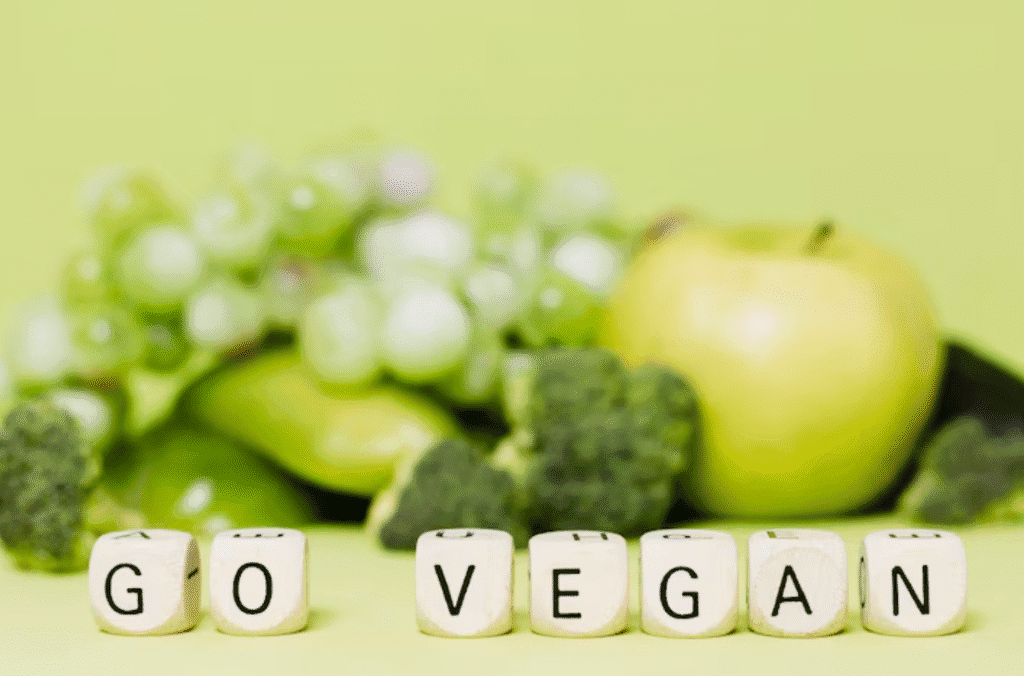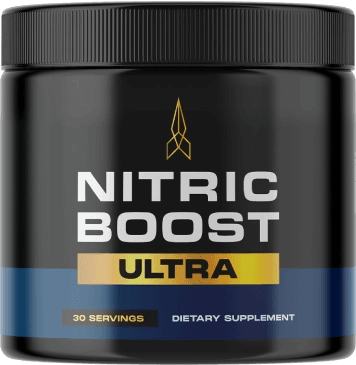Veganism has grown from a niche lifestyle into a global movement, embraced by millions for health, ethical, and environmental reasons. If you’re curious about going vegan but don’t know where to begin, this guide will walk you through the essentials — what veganism means, why people choose it, common myths, and how to make the transition smoothly.
🌱 What Is Veganism?
Veganism is a lifestyle and dietary choice that seeks to exclude, as much as possible, all forms of animal exploitation and cruelty. This means:
- No animal products in your diet: No meat, poultry, fish, dairy, eggs, or honey.
- Avoiding animal-derived goods: No leather, wool, silk, or cosmetics tested on animals.
- Ethical commitment: Many vegans also advocate for animal rights and environmental sustainability.
At its core, veganism is about compassion for animals, health consciousness, and a desire to reduce harm to the planet.
💡 Why Do People Choose Veganism?
1. Ethical Reasons
The desire to prevent animal suffering is a primary motivation. Factory farming and animal agriculture often involve inhumane conditions. Veganism offers a way to live aligned with values of kindness and respect.
2. Health Benefits
A well-planned vegan diet can reduce the risk of heart disease, type 2 diabetes, obesity, and certain cancers. Many people report increased energy, better digestion, and improved overall wellness.
3. Environmental Impact
Animal agriculture is a significant contributor to greenhouse gas emissions, deforestation, and water use. Eating plant-based helps reduce your carbon footprint and supports global sustainability.
4. Religious or Spiritual Beliefs
Some embrace veganism as part of spiritual growth or religious principles emphasizing non-violence and purity.
❌ Common Misconceptions About Veganism
- “Vegans don’t get enough protein.”
Many plant foods are rich in protein: beans, lentils, tofu, tempeh, quinoa, nuts, and seeds. - “Vegan food is bland or boring.”
Vegan cooking is incredibly diverse, with vibrant spices, fresh produce, and international cuisines to explore. - “It’s too expensive to be vegan.”
Staples like beans, rice, oats, and seasonal vegetables are budget-friendly. Veganism can be adapted to any budget. - “Vegans are weak or lack energy.”
Many athletes thrive on vegan diets, reporting increased stamina and quicker recovery.
🛠️ How to Start Your Vegan Journey: Practical Tips
1. Take It Step-by-Step
You don’t need to go 100% vegan overnight. Try starting with Meatless Mondays or cutting out dairy first. Gradual change is sustainable.
2. Learn to Cook Vegan Meals
Experiment with plant-based recipes. Start simple with stir-fries, soups, and salads. Cooking at home gives you control over ingredients and nutrition.
3. Find Vegan Substitutes
Try plant-based milks (almond, oat, soy), vegan cheeses, and meat alternatives if you want familiar textures while you transition.
4. Plan Balanced Meals
Include a variety of whole grains, legumes, vegetables, fruits, nuts, and seeds to ensure you get all essential nutrients.
5. Read Labels
Animal-derived ingredients hide in many processed foods (e.g., gelatin, casein). Use apps or guides to spot non-vegan ingredients.
6. Connect with the Community
Join vegan groups online or locally for recipe ideas, support, and advice.
📚 Resources for New Vegans
- Books: “How Not to Die” by Dr. Michael Greger, “Vegan for Life” by Jack Norris & Virginia Messina.
- Websites: Vegan Society, NutritionFacts.org, Minimalist Baker (recipes).
- Apps: HappyCow (vegan-friendly restaurants), VegeCheck (product scanner).
🙌 Final Thoughts
Veganism is a journey, not a destination. It’s about making choices that feel right for you, learning along the way, and growing into a more compassionate lifestyle. With the right knowledge, support, and mindset, you can enjoy delicious food, vibrant health, and a lighter environmental footprint — all while standing up for animals and the planet.
Would you like a sample 7-day beginner vegan meal plan or a list of easy starter recipes next?




